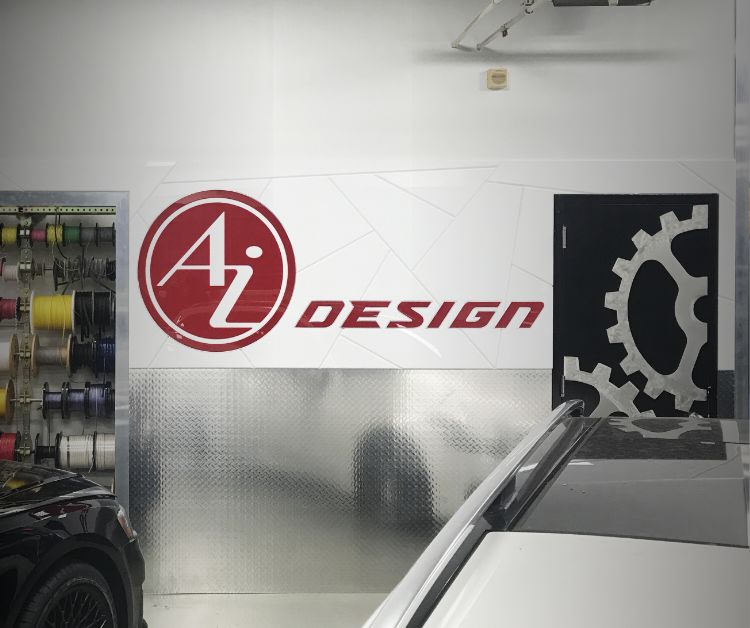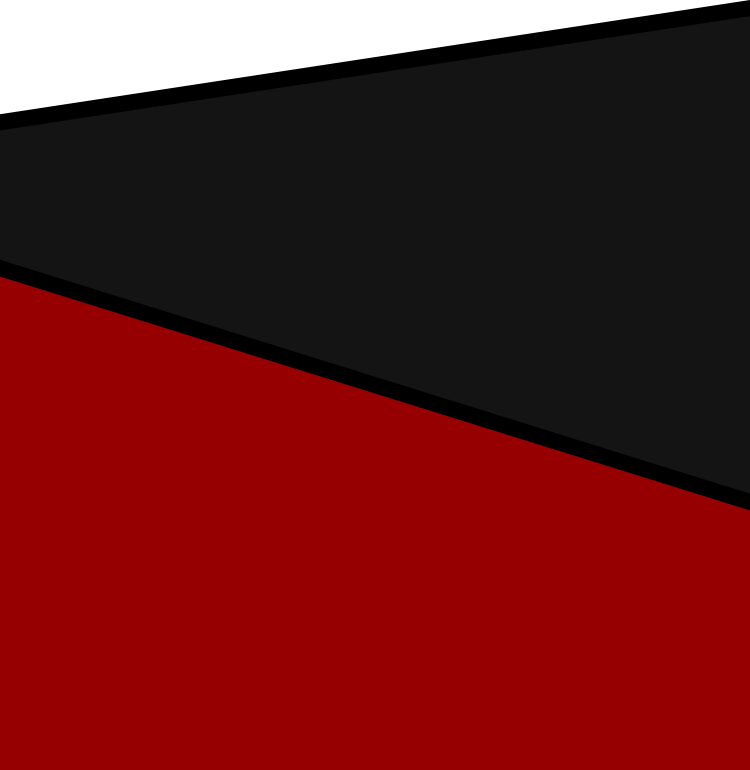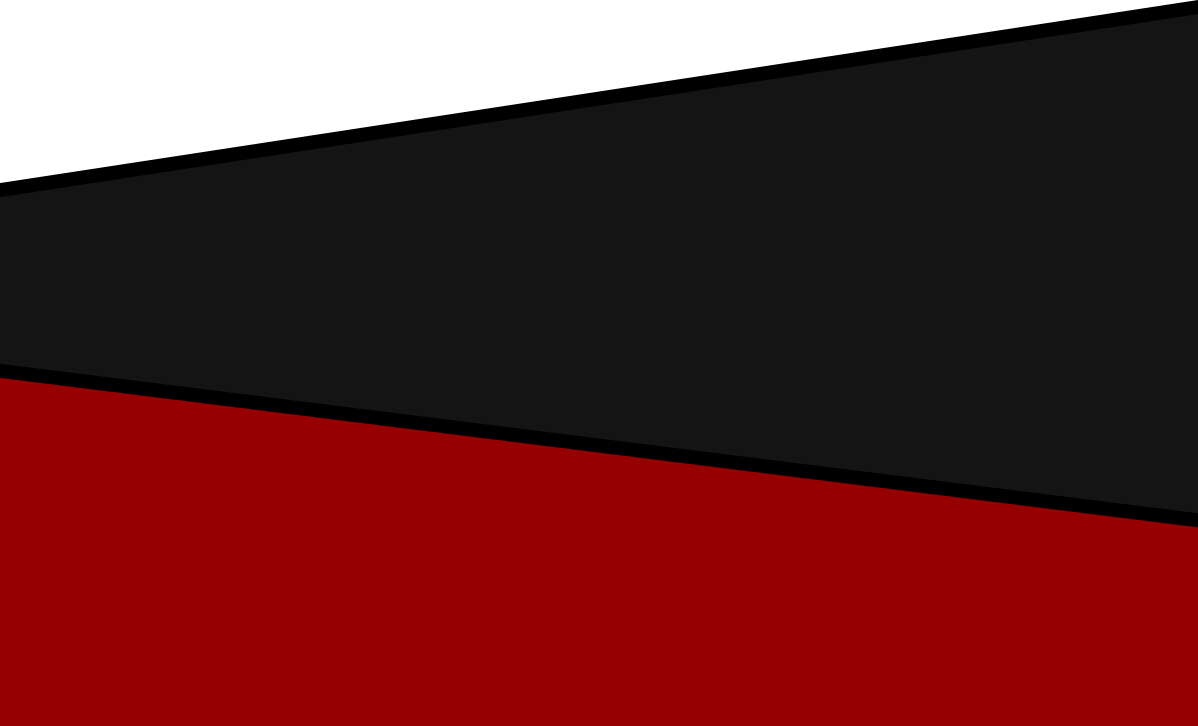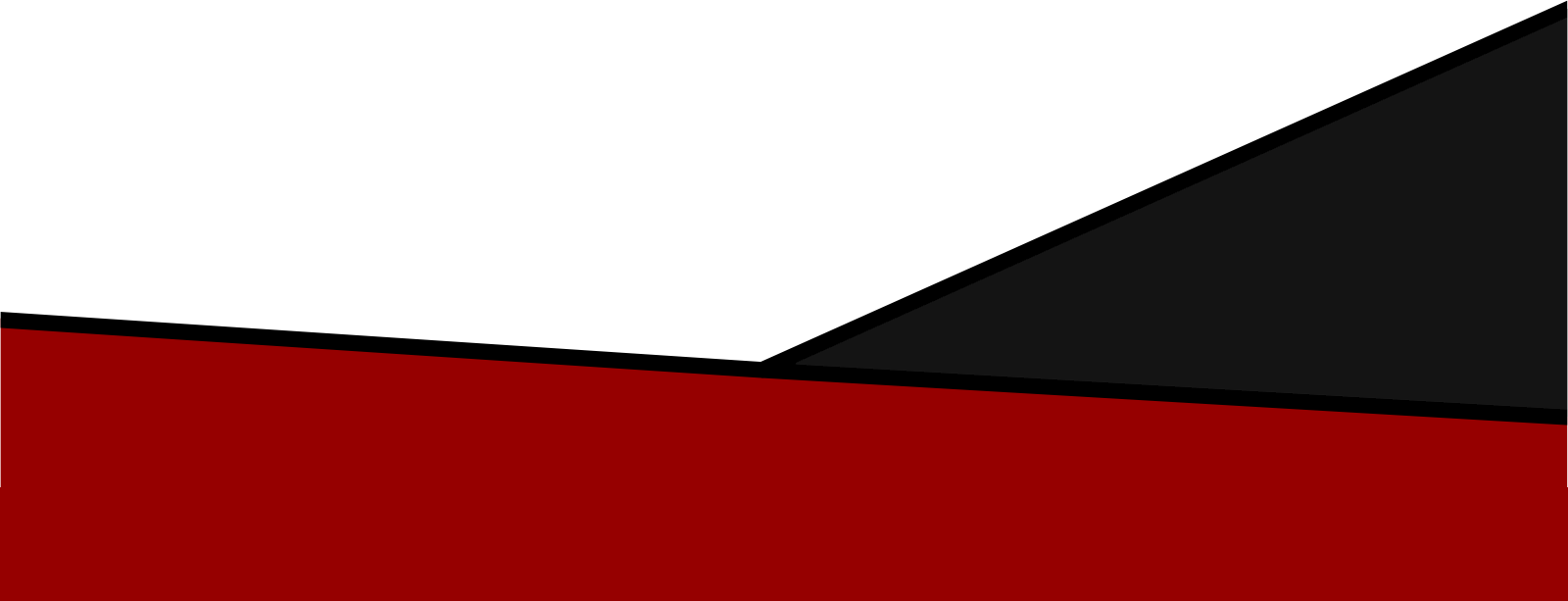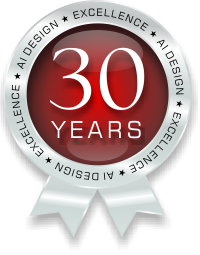Ai Design Blog
Getting personal(ized)
We get a lot of interesting requests from our clients. Some are functional, and some are cosmetic. And a few are both. The owner of this Porsche 997 Turbo Cabriolet had customed ordered it with a long list of options and an O.E. Aston Martin paint color reflecting his specific tastes. He really likes his cars to be personalized to his own style sense. We had previously done some modifications to the car including a high-end audio system. Now he wanted two very unique—and very specific to him—changes to the exterior. The first was creating exhaust tips in a different shape and finish that would complement his wheels. That was the relatively easy part. The bigger challenge would require all the tools we possess, from traditional old-world artistry, to our newest high-tech assets.

The challenge: The client wasn’t a fan of the stock 997 Turbo factory side intakes and wondered if we could create new round ones to replace the original bisected ovaloid units. He wanted us to draw inspiration from the round intakes on the Porsche 959 supercar and the 993 Turbo S, accompanying his request with numerous refence photos for the style he was seeking. Of course, we said yes.

For the intakes, we could have modeled the new shapes entirely in CAD, but we still needed to properly visualize them in person. Since these intakes had to be functional, but also needed to look good, we decided the best way to proceed was to sculpt the initial shape by hand. Once we determined the basic opening size needed, Liz set to work with modeling clay.
Starting the design process the old school way gave us the freedom and flexibility to finesse the shape until it was just right. There is a reason that automotive designers, who have cutting edge software and hardware at their disposal, still work in clay. The modeling clay, or plastelene as it is formally known, remains soft and permanently pliable, and does not harden over time. This gives the designer the ability to work and rework the shape to optimize it over time.
Once the shape was finalized, we 3D scanned it and then Liz set to work in CAD to smooth out the form and create the files for 3D printing. We 3D printed some test pieces to check the fit and the look before proceeding to production of the final parts in the final material.

Kenny then worked with these components to fit them to the car, working with the plastic to massage it as needed so it fit exactly within the stock cavity. After the fit was optimized, the parts were then sanded and smoothed to be perfectly flaw-free before primer and paint. The final intakes were painted in the car’s factory finish to deliver a look that is totally unique, yet integrates so seamlessly, it appears as if it came that way from the factory.

Moving on to the exhaust tips, the client sent us photos he found of some tips with a satin silver finish. The images showed a simple double round, staggered outlet, with no brand embellishment or logo. Very clean. We checked all our resources and searched to the ends of the internet to find them but they did not exist. We came to think they were some kind of prototype parts from Porsche. So, we then turned to finding aftermarket tips in the proper shape. We sourced a set in a bright, polished finish. We then removed the manufacturer’s logos and prepped the surface for refinishing. Unlike most exhaust tips which are chrome, the desired matte finish required us to turn to Jet-Hot for their Ultra Extreme Thermal Coating. This finish can withstand temperatures up to 2,500 and resist corrosion from salt and road debris. The finished parts are exactly what the client envisioned.

In addition to the 997 Turbo’s impressive performance, the car now has the very personalized touches and style the owner desired. To be clear, the changes have been polarizing. The client, and many others who have seen it, love the unique look. But there are opposing voices, mostly Porschephiles, who consider such changes as heresy. We say, do what you like and what makes you happy. Like art, the most creative work is often the most controversial.

